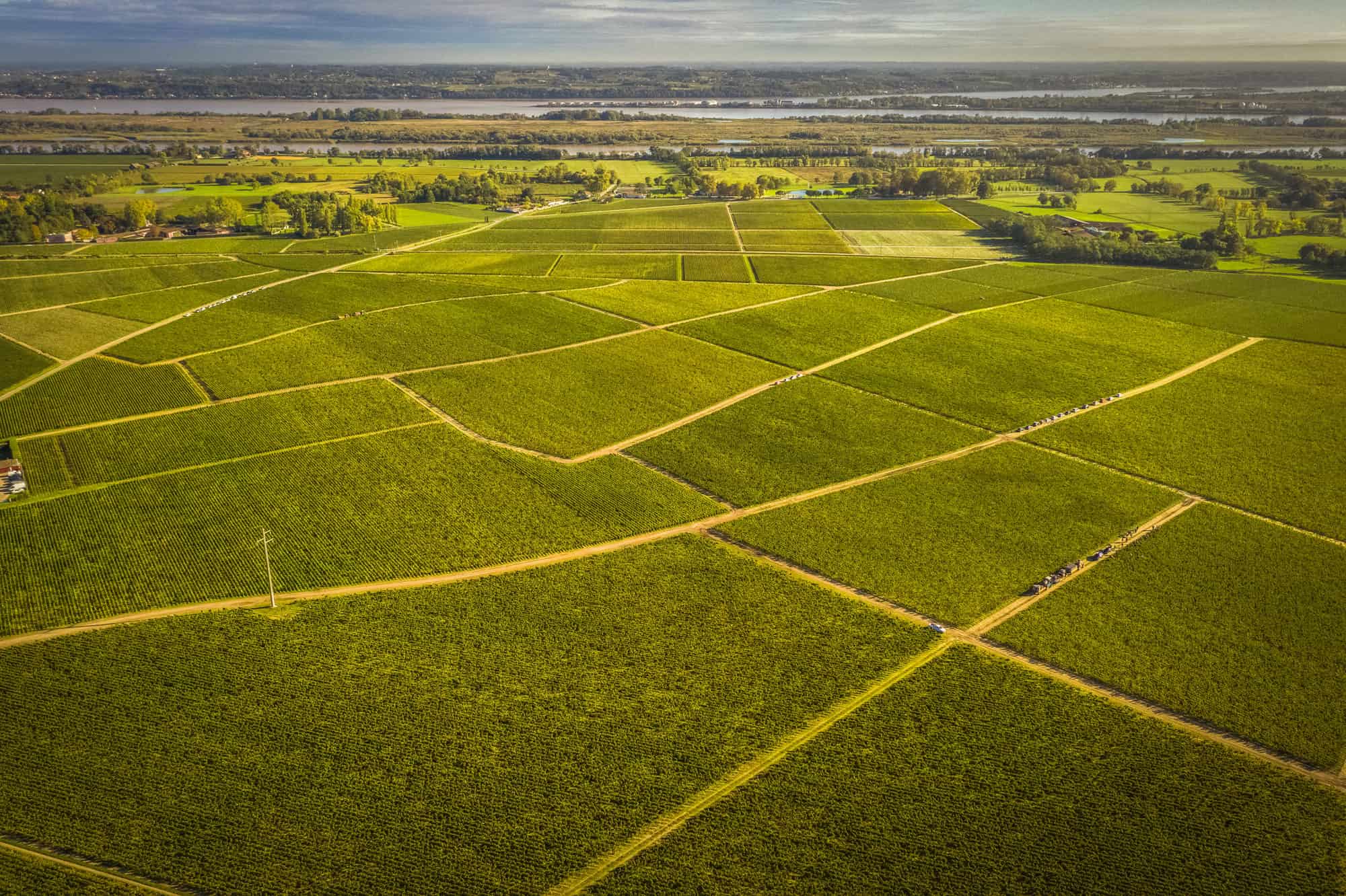FR | EN


When Laurent Fortin arrived at Château Dauzac in 2013, his vision immediately led him to work the estate’s 49 hectares based on a logic of plot selection, a well-known approach from Burgundy.
To pursue the plot analysis successfully, the Château’s teams not only conducted a pedological soil survey, but they went even further with help from electrical resistivity tests. That practice consists of sending electrical waves into the vineyards, where the water buried in the soil then plays a conductive role in pinpointing magnetic fields and gathering a large amount of data useful in comprehending the diversity of the vineyard, down to the square centimetre.
That is how the Château Dauzac vineyard identified the deep gravel terroirs used in blending Château Dauzac, as well as the sandy, gravel terroirs earmarked for creating the Aurore de Dauzac cuvée (created in 2013) and, last but not least, the clayey gravel terroirs that make up Labastide de Dauzac.
As such, electrical resistivity helped highlight the essence of each terroir. At Dauzac, due to the size of the vineyard, we are not bound by the Bordeaux system in which the range offers a first and a second wine in a traditional way; here, the estate offers handcrafted wines, revealing their micro-terroirs, and whose production only sees the light of day when quality is high; volume does not enter into the equation. That’s a qualitative requirement inherent to the estate’s philosophy.
